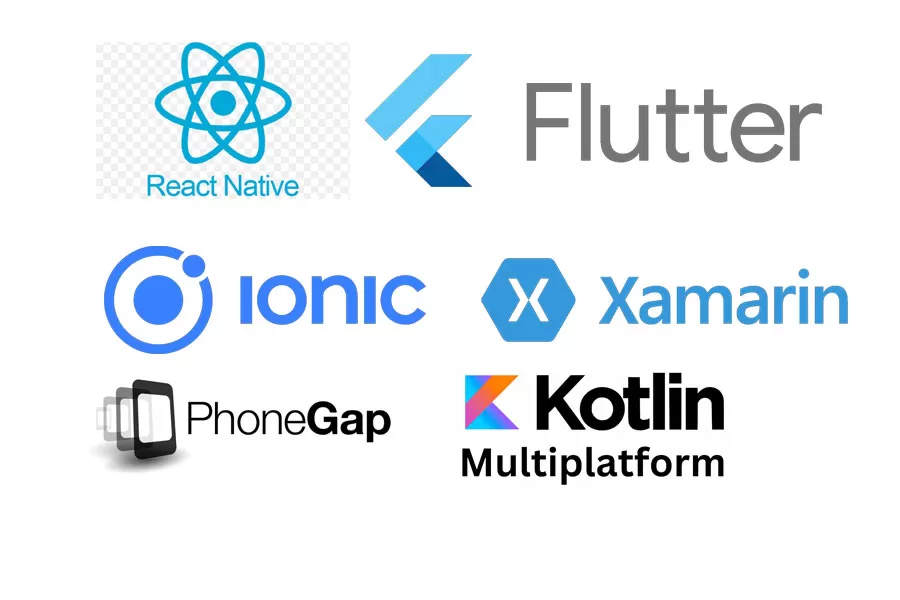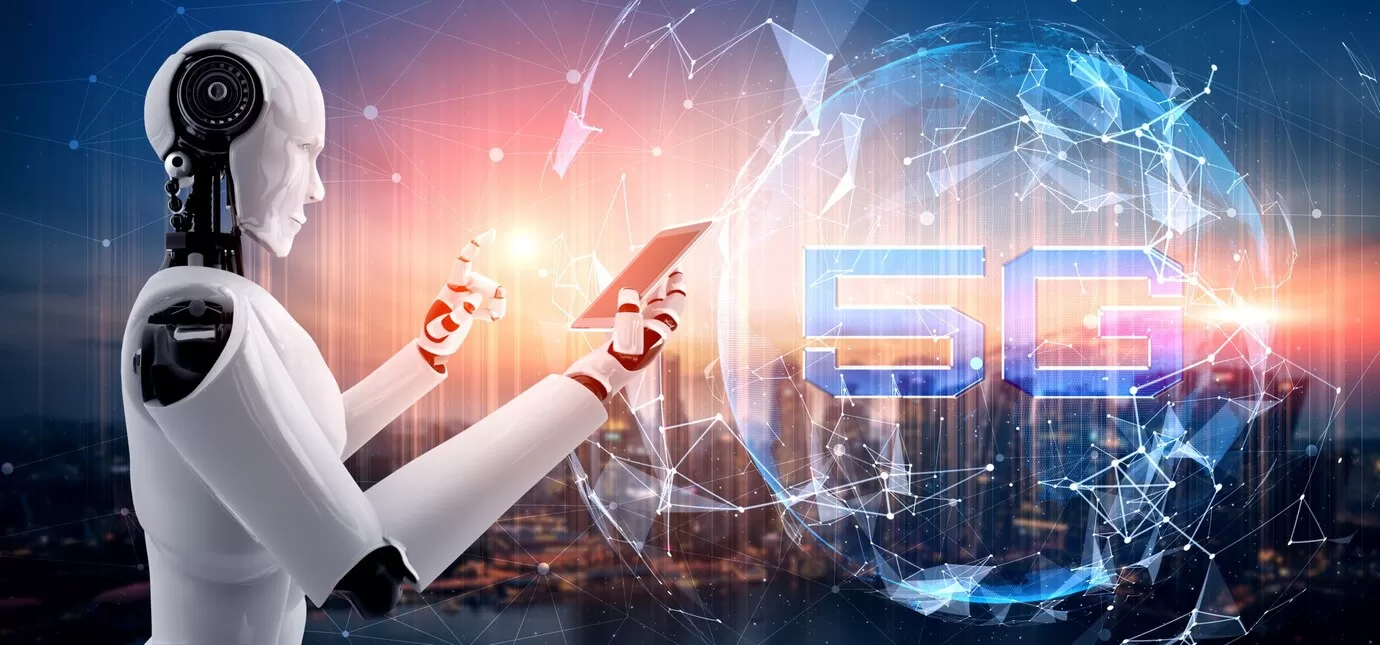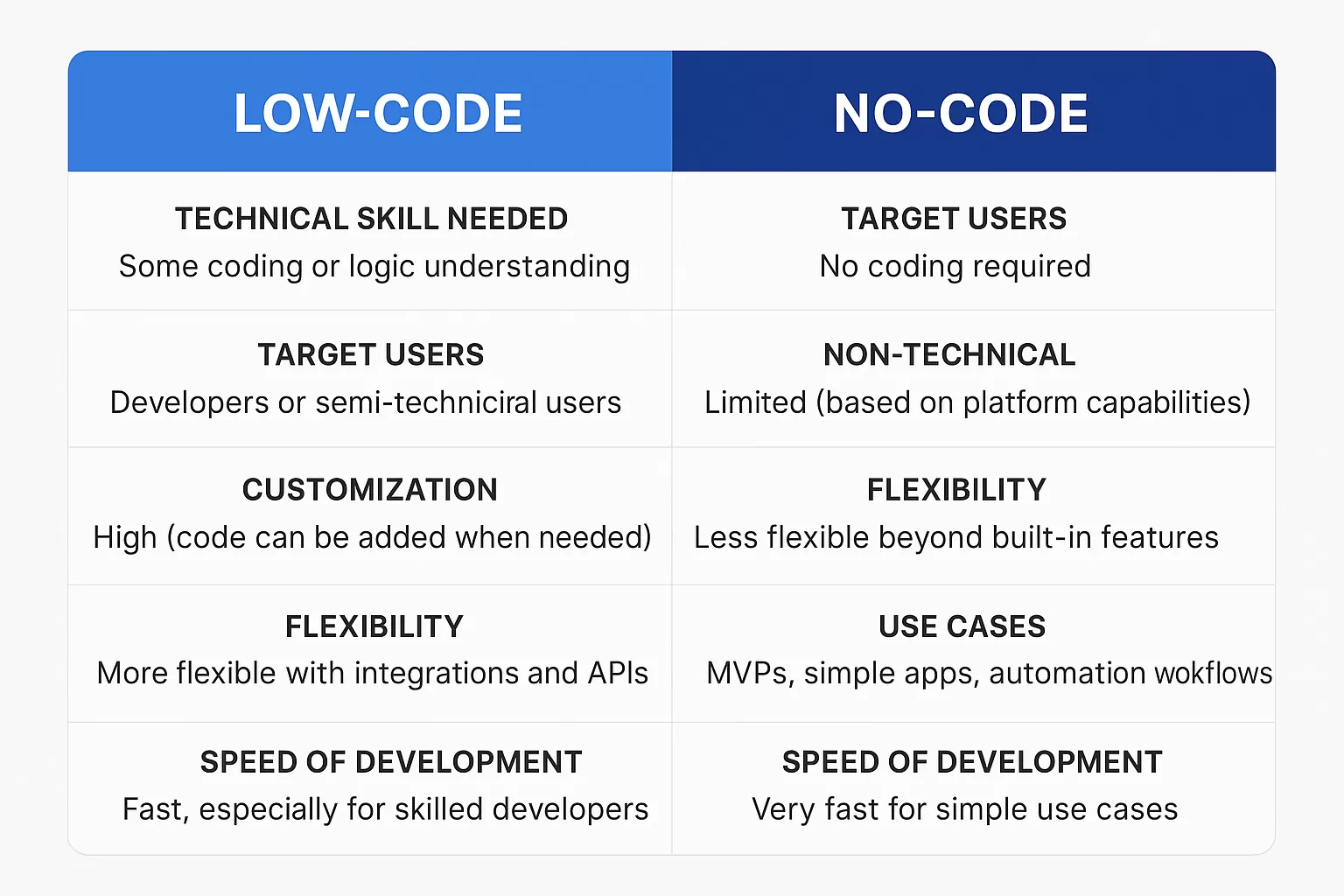
- Services .
- Industries .
- Company .
Explore detailed insights, expert opinions, and updates in our blog. Stay informed, discover new perspectives, and enhance your knowledge with every read.

As the field of artificial intelligence continues to evolve, AI chatbots have become an essential tool for businesses, developers, and even everyday users. ChatGPT, powered by OpenAI, has made a significant impact in the world of conversational AI, but it’s not alone. Numerous other AI-driven platforms are emerging as competitors, each offering unique features, capabilities, and services.
In this blog, we’ll take a look at some of the leading AI chatbots in 2025 that are challenging ChatGPT's dominance and shaping the future of conversational AI.
1. Google Bard
Overview:
Google Bard is one of the most formidable competitors to ChatGPT in 2025. Powered by Google's LaMDA (Language Model for Dialogue Applications), Bard is designed to generate human-like responses to user queries and facilitate fluid conversations. It is integrated deeply into Google’s ecosystem, which gives it an edge in search capabilities.
Key Features:
Why it’s a Competitor:
Google's massive database and resources give Bard the ability to offer real-time information and dynamic conversations, making it a major player in the AI chatbot market.
2. Anthropic's Claude
Overview:
Claude, developed by Anthropic, is an AI chatbot that focuses on safety, ethics, and control in conversational AI. Claude's design prioritizes creating a more aligned and predictable AI to avoid potential misuse.
Key Features:
Why it’s a Competitor:
Claude's emphasis on safety and transparency makes it a strong choice for enterprises and industries where ethics and compliance are top priorities, especially in sectors like healthcare, law, and finance.
3. Meta's BlenderBot
Overview:
BlenderBot is Meta's (formerly Facebook) contribution to the world of AI chatbots. It's powered by large-scale language models and designed to engage in highly dynamic, context-aware conversations. Meta's focus on deep social learning and integration with its platform makes BlenderBot a strong contender in 2025.
Key Features:
Why it’s a Competitor:
BlenderBot’s seamless integration into the Meta ecosystem, along with its open-source nature, makes it a highly customizable option for both users and developers. The ability to build on the chatbot’s architecture gives it flexibility in diverse use cases.
4. Microsoft's Azure OpenAI
Overview:
Microsoft's Azure OpenAI service, which powers integrations with tools like Microsoft 365 (Word, Excel, Outlook, etc.), is one of the most enterprise-friendly AI chatbot solutions available. It combines the strength of GPT models with the reliability and scalability of Microsoft Azure's cloud infrastructure.
Key Features:
Why it’s a Competitor:
The strong enterprise focus and integration with Microsoft’s existing suite of business tools make Azure OpenAI a compelling choice for organizations already invested in the Microsoft ecosystem.
5. DeepMind's Gemini
Overview:
DeepMind, a subsidiary of Alphabet (Google's parent company), has made strides with its conversational AI model, Gemini. Gemini is known for its impressive ability to understand and generate responses across complex topics, offering a deeper level of conversation and reasoning.
Key Features:
Why it’s a Competitor:
DeepMind’s research-driven approach to AI, along with its advanced reasoning capabilities, makes Gemini a strong competitor, particularly for industries that require deep, accurate knowledge, like healthcare, law, and finance.
6. Cohere's Command R
Overview:
Cohere is a rising star in the AI field, and its Command R chatbot is making waves for its highly efficient performance and speed. Unlike other models that may be more focused on general tasks, Command R is optimized for delivering rapid, focused responses with great precision.
Key Features:
Why it’s a Competitor:
Cohere’s speed and efficiency make it an attractive choice for businesses needing quick, reliable responses. Its strong developer tools and customization features make it an appealing option for customer service automation.
7. Rasa
Overview:
Rasa is a popular open-source conversational AI framework that is particularly loved by developers for its flexibility and customization. Rasa allows businesses to build highly personalized AI chatbots with full control over the conversation flow, data privacy, and integrations.
Key Features:
Why it’s a Competitor:
Rasa’s customizability and open-source nature make it an appealing choice for businesses that want complete control over their AI systems, particularly for enterprises in need of tailored solutions that protect user data and privacy.
Conclusion: The AI Chatbot Race in 2025
In 2025, AI chatbots are evolving rapidly, and while ChatGPT is undoubtedly one of the most advanced models available, it’s not the only player in the game. Each of the leading competitors—from Google Bard to Microsoft's Azure OpenAI—offers unique strengths in areas such as speed, safety, integration, and domain expertise.
As businesses, developers, and consumers continue to adopt AI chatbots, it’s clear that the competition will only drive more innovation and improvements in conversational AI. Whether you're looking for enterprise solutions, high-performance models, or open-source flexibility, there's an AI chatbot for every need in 2025.
Choosing the right one depends on your specific use case, platform requirements, and how much control you need over the system's performance and data privacy. But one thing’s for sure: the AI chatbot landscape is more diverse, powerful, and competitive than ever.

How to Economically Hire Web and Mobile App Developers

Cross-Platform App Development Guide for Startups

Custom Web Application Development Guide for Startups

AI in Foreign Policy: Transforming Global Diplomacy

How AI and 5G Are Reshaping the Future of Telecom

How AI Is Shaping the Future of Entertainment Content

Solving Tech Debt: Smart Strategies That Boost Growth

Software Developer vs. Software Engineer: What’s the Difference?

Low-code vs. no-code app development

What Is Digital Transformation? A Modern Business Guide